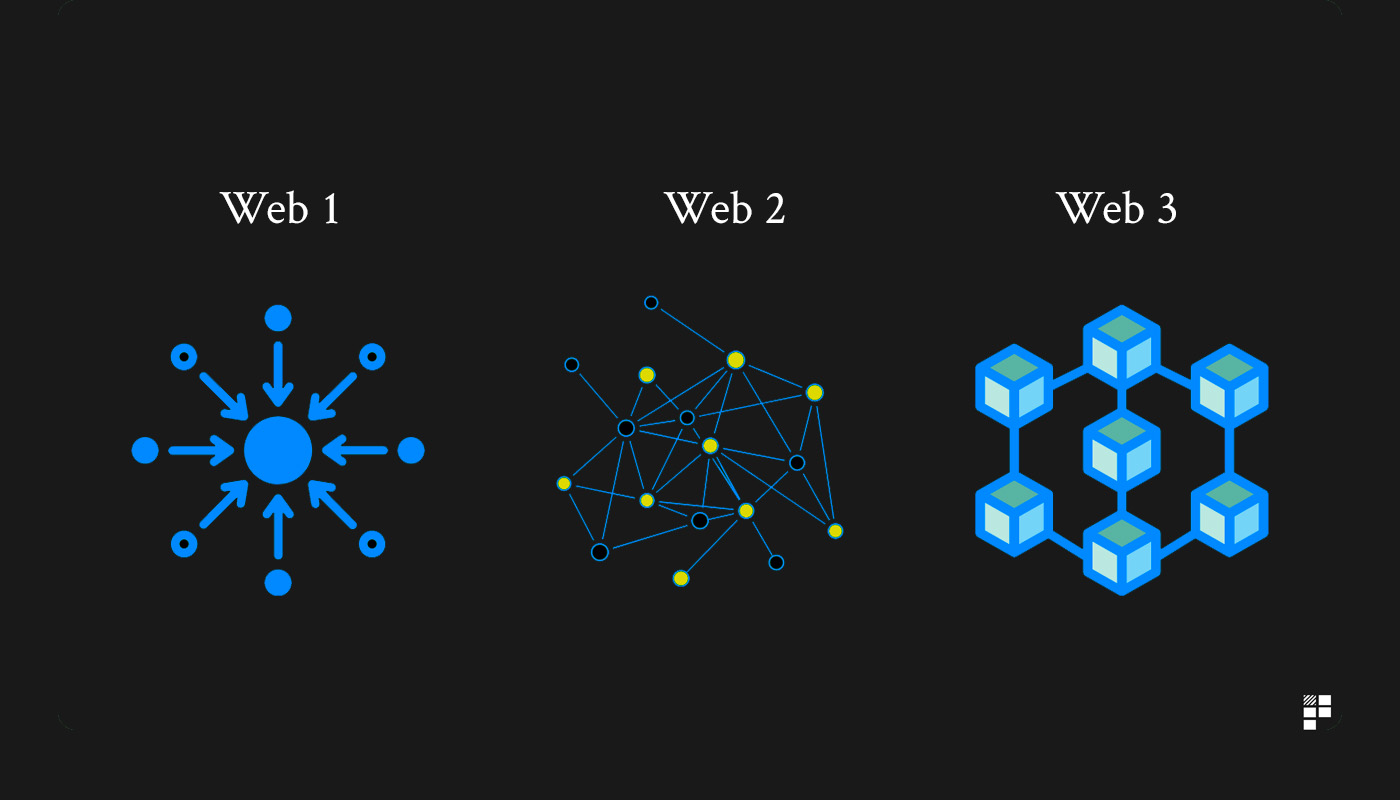Web3: The Future of a Decentralized Internet
The term Web3 has become one of the most discussed topics in the world of technology, digital finance, and internet innovation. It represents the next generation of the internet where users have more control, ownership, and privacy. Unlike traditional web systems, it built on decentralized networks like blockchain, giving people the ability to own their data, digital identity, and digital assets directly. This article explores what this is, how it works, and why it may shape the future of online interaction.
What is Web3?
It refers to the third phase of the internet, evolving from web1 and web2 . It emphasizes decentralization, transparency, and user ownership.
Stages of the Web
| Web Stage | Description |
|---|---|
| Web1 (1990s) | Static websites with limited interaction. Users only consumed content. |
| Web2 (2000s–present) | Interactive platforms, social media, apps. Tech companies own user data. |
| Web3 (Emerging) | User-owned, decentralized internet powered by blockchain. |
Web3 changes the way information and assets are stored, allowing individuals—not corporations—to control their digital life.
Core Features of Web3
1. Decentralization
No single company controls the data. Instead, information is stored across distributed networks.
2. Blockchain Technology
Transactions and operations are recorded transparently and securely.
3. Digital Ownership
Users can own:
- Digital currencies (crypto)
- Digital art / NFTs
- Their online identity
4. Smart Contracts
Automated agreements run without intermediaries, ensuring trust and security.
How Web3 Works
Its applications (called dApps) run on blockchains like Ethereum, Solana, or Polygon. Instead of logging into a website using email, users sign in using digital wallets such as:
- MetaMask
- Phantom
- Trust Wallet
These wallets prove identity without needing a username or password. This eliminates third-party control.
Why Web3 Matters
1. Data Privacy
Users decide what information they share — not big companies.
2. Financial Freedom
It supports decentralized finance (DeFi), allowing people to:
- Borrow money
- Earn interest
- Make payments
without traditional banks.
3. New Digital Economies
Creators, gamers, artists, and freelancers can earn directly from their work.
4. Global Accessibility
Anyone with internet access can participate, even without a bank account.
Web3 in Real Life
→ In Finance
Crypto and DeFi platforms allow global payments in seconds with low fees.
→ In Gaming
Players own in-game items as NFTs and can trade or sell them.
→ In Social Media
Decentralized platforms allow people to post freely without corporate censorship.
→ In Art and Entertainment
Digital artists can sell their creations directly to collectors worldwide.
Benefits of Web3
| Benefit | Explanation |
|---|---|
| User Ownership | You own your data, identity, and digital assets. |
| Transparency | Blockchain records are public and secure. |
| Security | Hard to hack or alter data stored across decentralized networks. |
| Fair Economy | Intermediaries are removed, reducing unfair profit cuts. |
Challenges of Web3
Despite its promise, it also faces challenges:
- Complex interfaces may be difficult for beginners.
- Blockchain networks can be slow or expensive at times.
- Some people are still learning how wallets and smart contracts work.
As technology improves, these barriers are expected to reduce.
Future of Web3
The future of this looks promising as more industries adopt decentralization. Governments, businesses, and creators are exploring how it can create fairer digital environments. With advancements in AI, edge computing, and improved blockchain networks, it may soon become the standard way we interact online.
Conclusion
It is more than just a technological shift — it represents cultural transformation. It promotes transparency, digital rights, creativity, and user empowerment. While still developing, Web3 is already reshaping industries from finance to art to gaming. The future of the internet may no longer belong to corporations, but to the users themselves.

